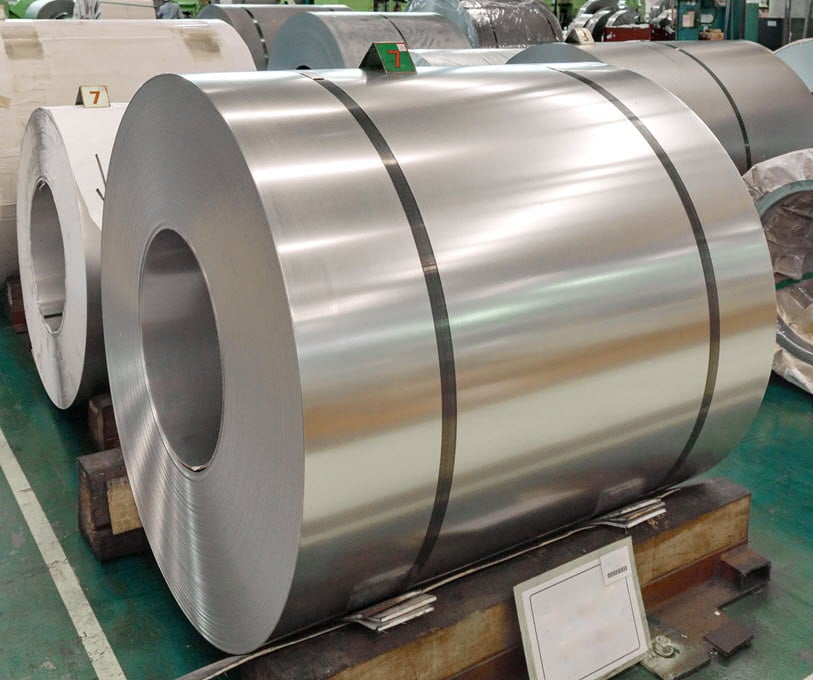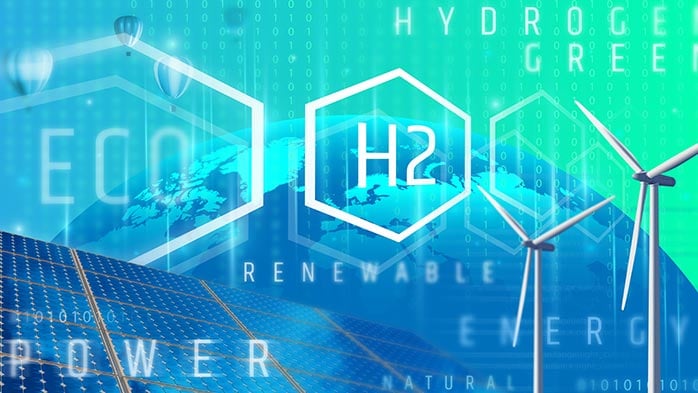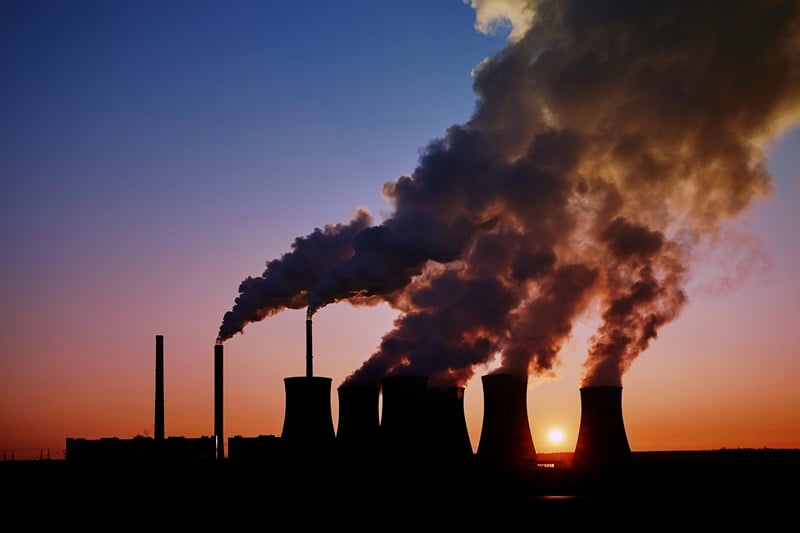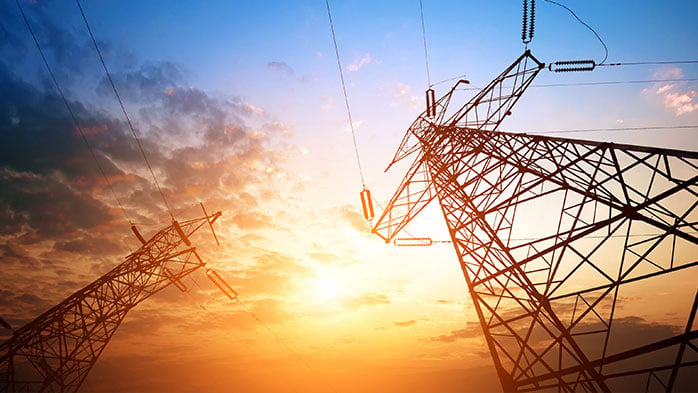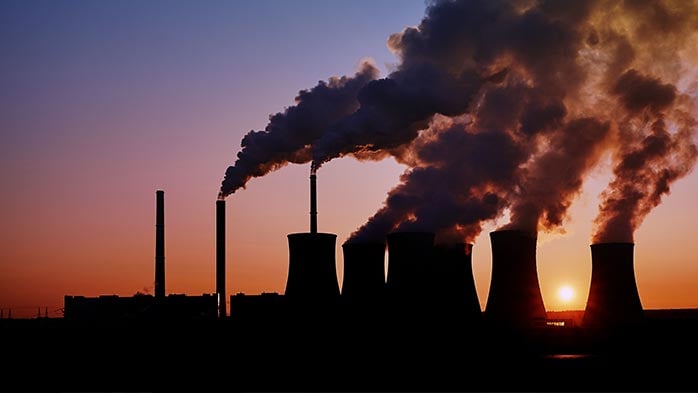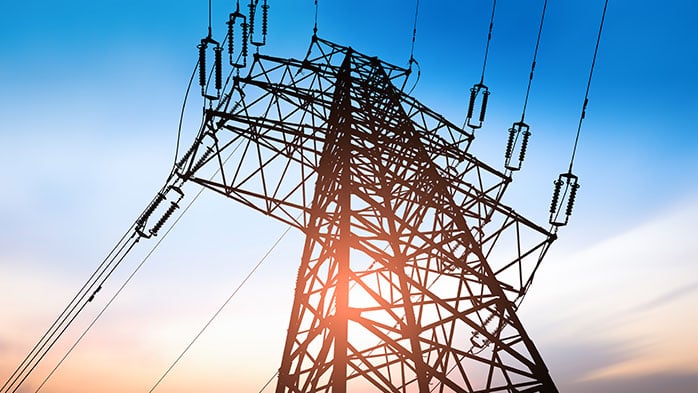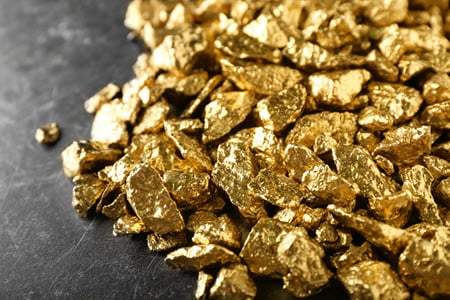Fertilizer prices have increased by more than 180% through 2021. Commodity markets have boomed while heavy industry is sharpening its focus on decarbonisation and emission reduction pledges.
A combination of these short- and long-term factors brings new challenges and opportunities for the nitrogen industry.
Despite the industry being responsible for more than 450 Mt of gross CO2 emissions each year (according to CRU emissions data), the embrace of greener technologies means ammonia is increasingly touted as a decarbonisation solution. Established fertilizer producers, along with a raft of new players, have subsequently announced projects to produce low-emission ammonia. The hype around the industry, and the number of announcements through 2021, has been phenomenal. But the gap between hype and reality is enormous. This Insight summarises the recently published CRU Low Emissions Ammonia Market Outlook – for more information on this new service, get in touch with us via the form below.
What is low-emission ammonia?
Low-emission ammonia is a reference to the more widely adopted terms of green, blue and turquoise ammonia (the ammonia colour palette extends beyond this). Low-emission ammonia is produced using technologies which permanently reduce CO2 emitted throughout the production process. In the case of green ammonia, CO2 is eliminated from the production process entirely using renewable energy for electrolysis and air separation units. In the case of blue ammonia, traditional production technologies and feedstocks are used, but CO2 is permanently captured throughout the process, minimising net emissions. The ammonia product from both production processes is the same.
CRU believes the colour argument clouds the debate over ammonia as a viable decarbonisation solution – adding unnecessary hyperbole and emotion. Hence our use of the term ‘low-emission ammonia’. This encompasses all the different production technologies that permanently reduce CO2 emissions throughout the production process. Importantly, this term will evolve to capture other emissions that need to be reduced/removed, such as methane and nitrous oxide, an important factor that is somewhat overlooked.
Nevertheless, the debate over ‘blue’ vs ‘green’ will continue. We believe there is a place for both technologies, and blue ammonia will be particularly important in the shorter term, should demand shoot higher. Transparency of the emissions released and leaked through the blue ammonia production process will be imperative to its longer-term success. Emissions transparency is critical, and a theme that CRU is researching through our emissions analysis tool. (CRU Subscribers only)
Over 80 Mt of projects announced in 2021
The traditional ammonia industry has a stated capacity of 232 Mt in 2021, based on CRU data. Through our tracking of low emissions ammonia projects, we calculate 124 Mt of projects have been announced, with over 80 Mt (and counting) in 2021 alone.
While the sheer volume of project announcements is phenomenal, the path to these projects becoming reality is long. 116 Mt of these projects are in the early pre-feed phase, meaning scoping and feasibility studies are in the early stages. Furthermore, over 50 Mt of projects have no defined commissioning date, reflecting the truly nascent nature of this market.
Are we approaching the peak of the hype cycle?
The hype surrounding the low emissions ammonia market is prevalent throughout the commodities industry. But how do we measure and analyse this? The Gartner hype cycle is a pertinent method of demonstrating the path of hype to reality. This tool is often used to subjectively analyse emerging technologies. Based on the volume of projects announced in 2021 alone, the industry is quickly approaching the peak of inflated expectations.
After the peak comes the trough of disillusionment. Negative press on low emissions ammonia is building, for varying reasons. This may be exacerbated over the coming year as awareness of high fertilizer prices trickles into food security concerns (there may be recollections of the corn for ethanol debate). Furthermore, there will be increased scrutiny over the cost and efficiencies of green hydrogen and ammonia, which sit high up the CRU CO2 abatement curve. And the comparative cost for producing low emissions ammonia will remain high over the coming years, even with elevated gas and coal prices. Scale and technological advancements will bring costs down in the future, and carbon taxes will bolster traditional ammonia costs – but these will be longer term drivers.
CRU can help to navigate the trough of disillusionment
As the low emissions ammonia market approaches the trough of disillusionment, there will be projects that fail, and some that do not get close to a final investment decision. But the industry is changing, and fast. Some of the potential new demand markets for ammonia will evolve, and nitrogen producers will need to ramp-up decarbonisation efforts.
CRU’s fertilizer and nitrogen services help clients sift the reality from the hype. We have now published the first phase of our low emissions ammonia market outlook. This is a ‘bolt-on service’ available to our Ammonia Market Outlook subscribers. The outlook will be released in phases over the coming months – this approach allows us to continuously update, research and analyse the changes in this ever-evolving market.
Our nitrogen market outlooks, production cost and emissions analysis services help our clients to benchmark, quantify and strategize. They do this using the robust and transparent data we provide alongside unrivalled independent insight. To find the solution of services that best serve your needs, contact your CRU account manager via the form below.




